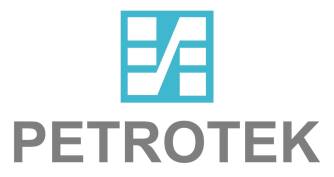Tuesday, 10. May 2011
Baumer’s DP100 diaphragm pressure gauge is a pressure measuring device specially designed for hygienic processes encountered in fields such as the production of pharmaceuticals and foods.
- Specially designed for hygienic processes in the fields of pharmaceutics and foods
- Without transfer fluid, thus no danger of pollution
- Available with a wide range of hygienic standard connections
- Highly suitable for SIP (sterilisation in place) processes
The pressure gauge complies with protection class IP65 and works on a strictly mechanical basis without using a transfer fluid. This prevents pollution of the measured medium even in case of damage to the diaphragm. The DP100 is available with a wide range of hygienic standard connections. All components in contact with the medium are made of stainless steel 1.4435 (316L). The membrane has a surface roughness of Ra < 0.5 µm.
The bayonet ring housing of the DP100 is made of stainless steel 1.4301 and welded to the process connection. Either laminated glass or a special flat glass for instruments can be chosen for the window. The pressure gauge can be operated at ambient temperatures of -20..60 °C. The instrument can endure a maximum media temperature of 80 °C during continuous operation and can even withstand short peaks of up to 150 °C. This makes the DP100 highly suitable for use in SIP (sterilisation in place) processes. A version of the instrument which can be completely sterilised in an autoclave is available upon request.
The pressure gauge is available for the measuring ranges 0..6°bar, 0..10°bar, -1..5°bar, and -1..9°bar and can endure overpressures of up to 1.3 times the scale range. Its measuring accuracy complies with class 1.6 according to EN°837-3.
Due to the fact that the DP100 pressure gauge operates without a transfer fluid, it is especially popular as an alternative to instruments with pressure transmitters in processes where pollution of the medium must be prevented at all costs. This is the case wherever media of particularly high quality are processed or where pollution of the medium would cause substantial health hazards.
